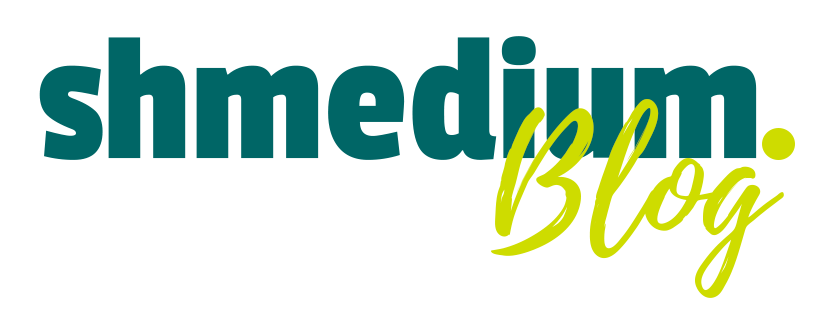Efficient rent collection is pivotal for maintaining a stable cash flow and ensuring the sustainability of your real estate investment. Inefficient processes can lead to delayed payments, miscommunications, and financial discrepancies. This blog post outlines strategies to streamline your rent collection process, making it more efficient and less stressful for both landlords and tenants.
1. Establish Clear Payment Terms
From the outset, ensure that the lease agreement clearly outlines all payment-related terms. This includes the amount of rent, due date, acceptable payment methods, and penalties for late payments. Clearly communicated terms help set expectations and reduce the likelihood of payment delays.
2. Leverage Technology for Payment Collection
Digital payment solutions have revolutionized how landlords can collect rent. By using online payment platforms, you can offer tenants the convenience of paying rent via direct bank transfers, credit cards, or apps like PayPal, Venmo, or Zelle. Platforms like Shmedium and Avail allow tenants to automate their rent payments, reducing the chances of late payments.
3. Encourage Auto-Pay Enrollment
Encouraging tenants to set up automatic payments can significantly decrease the likelihood of late payments. Auto-pay ensures that rent is deducted directly from the tenant's bank account on a set date each month, providing a consistent and predictable cash flow.
4. Implement a Grace Period and Late Fees
Offering a short grace period (e.g., five days after the due date) can accommodate tenants who may have slight delays in their payment schedules while still promoting on-time payments. Be sure to enforce late fees after this period to discourage chronic lateness. Make sure that the late fees are reasonable, clearly defined in the lease, and compliant with local rental laws.
5. Provide Multiple Payment Options
While online payments are generally more efficient, offering multiple payment options can cater to different tenant preferences and situations. This might include checks, money orders, or even cash payments in some cases. Ensure that all methods are secure and that there is proper documentation and receipts for each transaction.
6. Regularly Communicate Payment Reminders
Sending payment reminders via email, SMS, or app notifications a few days before the rent is due can be an effective way to prompt tenants. Automated reminder systems can be set up through most online rent collection platforms, reducing the administrative burden.
7. Utilize Property Management Software
Comprehensive property management software can streamline various aspects of being a landlord, including rent collection. These systems can automate invoicing, track payments, manage late fees, and provide financial reporting. Examples include Propertyware and Rent Manager.
8. Regularly Review and Update Your Collection Process
Regularly assess the effectiveness of your rent collection process. Solicit feedback from tenants to understand their experience and identify areas for improvement. Staying adaptable to changing technologies and tenant preferences can help you maintain an efficient process.
Conclusion
Effective rent collection is a cornerstone of successful property management. By establishing clear payment terms, utilizing modern payment technologies, and maintaining open lines of communication with tenants, landlords can streamline their processes, reduce stress, and ensure a steady income stream. Implementing these strategies not only benefits your business operations but also enhances tenant relations, leading to a more positive rental experience for everyone involved.












What you’ve written echoes deeply — like a voice carried through a peaceful valley of thought. Reading this is pure joy and a true inner journey.